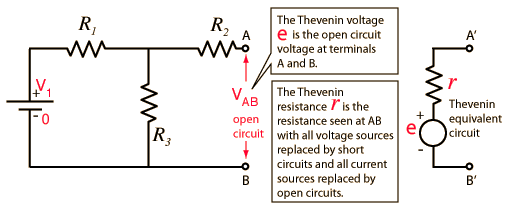Are you quite certain that the DC resistance of the transformer is required ? that would be a most unusuall requirement.
Some specialist equipment draws large very brief pulse currents from the supply, in such cases the AC impedance of the supply is important, to ensure that the voltage does not drop too low during these brief heavy current pulses.
This might be called resistance, but is more correctly called impedance.
It would appear to me though, that the impedance of the service entrance conductors and feeders and branch circuit conductors, would also be required.
I dont see how any load, no matter how specialist, "knows" the difference between transformer impedance, and impedance elswhere in the circuit.
If it really is the DC resistance that is required, then this would have to be obtained by enquiry of the manufacturer, or by measurement.
The resistance will be too low to measure with a standard multimeter, a special 4 wire low range instrument would be required.


